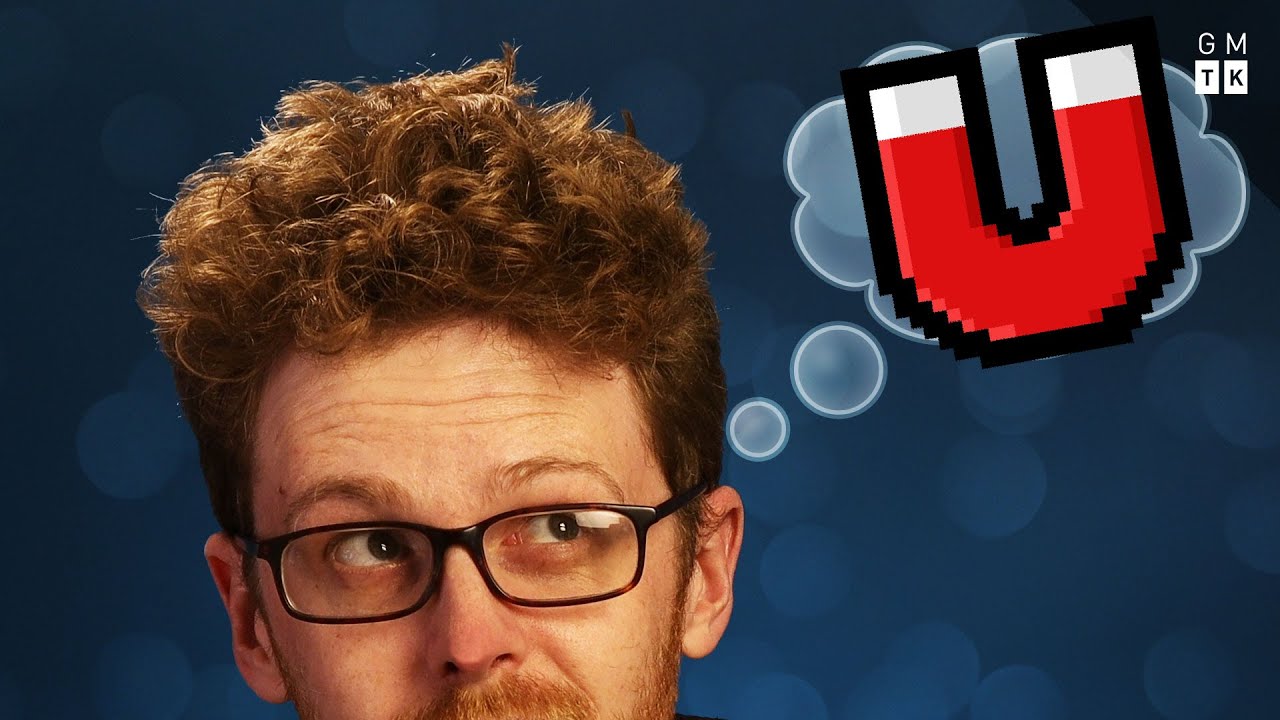
1. Introduction
Last time in my journey of game development, I picked my game engine—Unity—and started learning how to use it. Now, it's time to reveal the idea for my game and get started with its creation. But where does one begin when developing a game? This is a vitally important question because, as you will see, taking the wrong direction at the start can be disastrous for the project. Let me explain.
2. The Game Idea
I am going to make a 2D, side-scrolling platform game. Yes, I know, every indie developer starts with a side-scrolling platformer, but I have my reasons. I love the genre. Platformers are relatively easy to make in the grand scheme of things—it’s not an MMO, at least. Plus, I have made loads of videos about platformer level and character design, which should be helpful.
This platformer will have a unique twist: the character is magnetic. They will repel away from some platforms and attract to others, and players can change the character’s polarity with a button press.
The idea was inspired by The Legend of Zelda: Oracle of Seasons, where a magnetic glove power-up allows Link to repel from some surfaces and attract towards others. My goal is to borrow that mechanic and adapt it into a fast-paced, 2D platformer like Celeste or Super Meat Boy, where mastering magnetism is key to speed, fluidity, and precision.
3. The Challenge of Starting
The question is, where do I begin? Should I jump into Unity and start coding? Begin creating artwork? Think about the storyline or characters? Here's the thing: this is not the first game I’ve tried to make.
4. Past Experiences and Lessons
Since childhood, I’ve come up with ideas for games and tried to make them using various tools. However, I rarely finished any of them. The reason? I started in the wrong manner.
One example is a game I tried to make called Carter's Curse. It was about Howard Carter, the archaeologist who discovered Tutankhamen's tomb, awakening an ancient curse and fighting Egyptian gods, mummies, and zombies. Players would solve Picross puzzles to defeat enemies.
Despite creating many assets, animations, and features, I eventually realized the game wasn’t fun. Picross lacked depth for the type of gameplay I envisioned, making the project shallow and repetitive. The same issue occurred in other attempts where I prioritized story, art, or mechanics over gameplay.
5. Understanding the Core of Game Development
Through these failures, I’ve learned that game design is the foundation upon which all other elements—music, art, story, and code—sit. If the gameplay is fundamentally flawed, the entire project may fail, no matter how polished other aspects are. Successful game development begins with a strong foundation: the gameplay mechanics.
6. The Importance of Prototyping
The best way to test an idea is through prototyping. A prototype is a small, scrappy test bed designed to determine if an idea is fun or worth pursuing. Prototypes are often ugly, with basic shapes, borrowed sprites, and buggy code, but they serve a crucial purpose: to validate the concept.
7. A New Approach
This time, I am focusing exclusively on creating a prototype. I’ll avoid distractions like perfect art, music, or a storyline. Instead, I’ll pull placeholders from Google Images, skip unnecessary features, and prioritize testing the core mechanics.
The code will likely be buggy since I’m still learning Unity, but it will be enough to see if the idea works. My goal is to create a sandbox to test the magnetism mechanic and ensure it’s engaging.
8. Conclusion
By adopting this disciplined approach, I hope to avoid the mistakes of my past projects and build a solid foundation for my game. This time, I’ll let the gameplay speak for itself, proving whether the idea is worth pursuing.